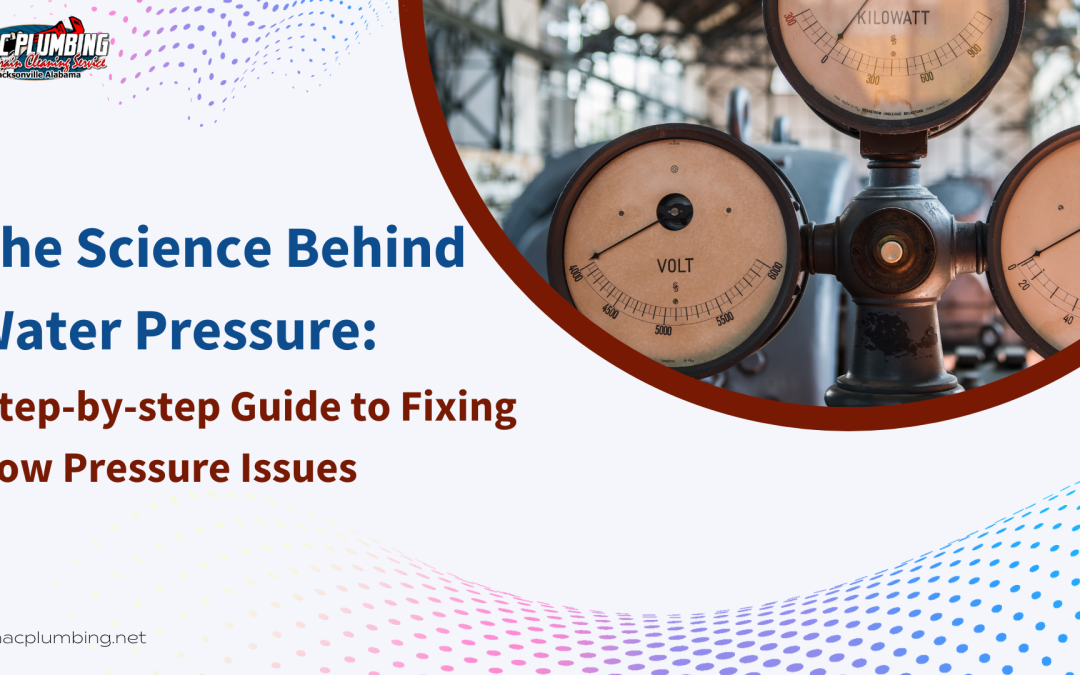Water pressure is the unsung hero of our daily lives, ensuring we have powerful showers and efficient kitchen faucets. Yet, when the pressure drops, it can disrupt our routines. Understanding the science behind water pressure is the key to resolving these issues effectively. Here’s a step-by-step guide to help you tackle low water pressure problems at home.
Step 1: Identify the Problem Begin by determining the affected areas in your house. Is it just one faucet or showerhead, or is the whole house experiencing low pressure? Identifying the specific areas helps pinpoint the root cause.
Step 2: Check for Leaks Even minor leaks can significantly reduce water pressure. Inspect your pipes, faucets, and fixtures for any signs of leaks. Repairing these leaks can sometimes solve the problem instantly.
Step 3: Clean Your Aerators and Showerheads Mineral buildup in aerators and showerheads can obstruct the flow of water. Remove these components and soak them in vinegar to dissolve mineral deposits. A thorough cleaning can often restore the pressure.
Step 4: Examine Pressure Regulators Pressure regulators are devices that maintain consistent water pressure. If faulty, they can cause low pressure issues. Check the regulator for any signs of wear and tear. If necessary, replace it to ensure proper functioning.
Step 5: Inspect Pipes for Blockages Mineral deposits, rust, or debris can clog your pipes, leading to low pressure. Inspect your pipes for blockages and consider professional cleaning if needed.
Step 6: Consider a Booster Pump If low pressure persists, installing a booster pump can significantly enhance water pressure throughout your home. Consult a professional plumber to determine the right pump for your needs.
Understanding the science of water pressure and following these steps empowers you to troubleshoot and fix low pressure issues effectively, ensuring a smooth and uninterrupted water supply in your home.


